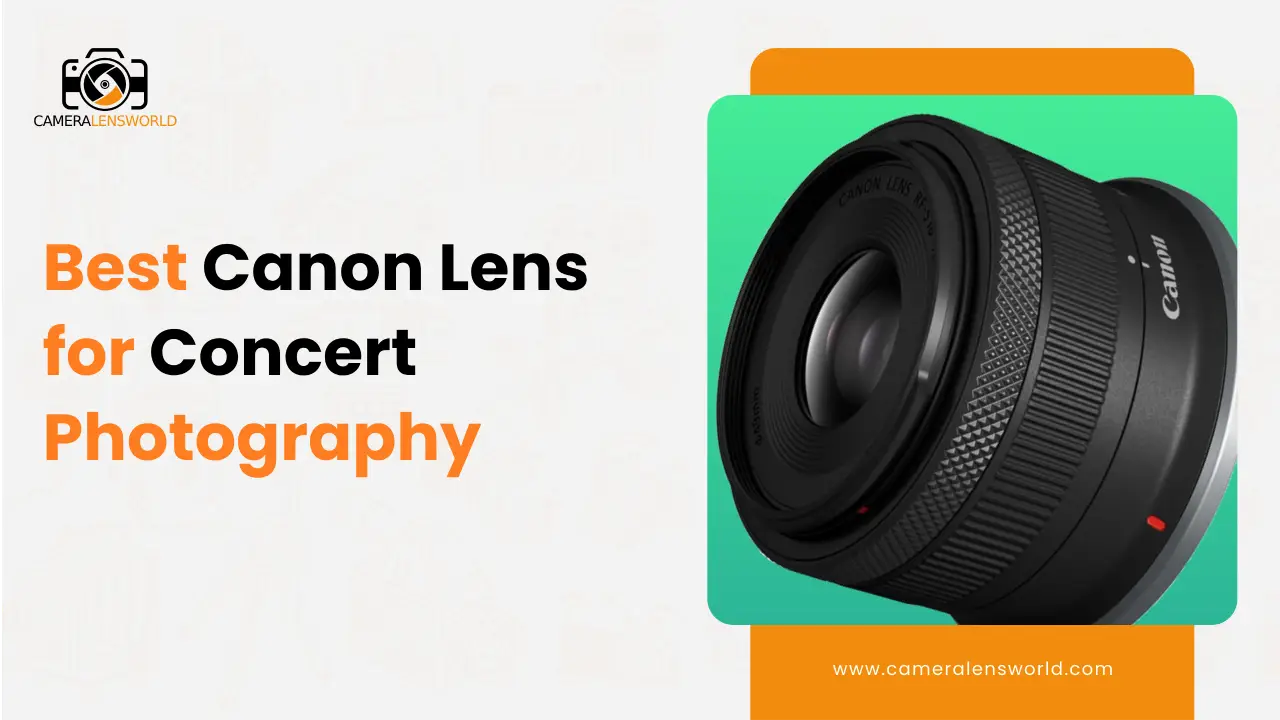
Imagine being at a concert where the music is pumping, the crowd is roaring, and you want to capture those incredible moments. That’s where the right camera lens comes in.
In this article, I’ll guide you through the best Canon lens for concert photography, ensuring you never miss a beat when documenting those unforgettable musical experiences. From low light challenges to dynamic stage performances, these lenses are designed to deliver exceptional results.
And if you’re interested in event photography in general, don’t forget to check out my previous article on the best camera lens for event photography.
Let’s start discovering the best Canon lens for concert photography.
List of best Canon lens for concert photography [Quick list]
I am sharing a quick list of the best Canon lens for concert photography.
- Canon EF 50mm f/1.8 STM
- Canon 16-35mm f/4L
- Canon EF 24mm f/2.8 STM
- Canon EF 24-70mm f/2.8L II USM
- Canon EF 8-15mm f/4
- Canon RF-S 18-45mm f/4.5-6.3 IS STM
- Canon RF 24-105MM F/4L IS USM LENS
- Canon RF 70-200mm F/2.8 L
- Canon EF 85mm f/1.8 USM
List of best Canon lens for concert photography [Detail discussion]
Let’s now have a detailed discussion on the best Canon lens for concert photography.
1. Canon EF 50mm f/1.8 STM
- The Canon EF 50mm f/1.8 STM lens has a maximum aperture of f/1.8.
- However, this lens is not weather-sealed.
- Regarding chromatic aberration, this lens is designed to minimize chromatic aberrations, while it’s not completely free from chromatic aberration.
| Brand | Canon. |
| Type | Standard lens. |
| Lens format coverage | Designed primarily for full-frame EF-mount cameras. |
| Compatible Mounting | Canon EF. |
| Image Stabilization | No image stabilization. |
| No.of diaphragm blades | 7 blades. |
| Lens construction | 6 elements in 5 groups. |
| Minimum focus distance | 0.35 m. |
| Weight | 160 g. |
| Adjustment | Autofocus. |
Reasons to buy:
- Very reasonable and good value for money.
- A focal length that encompasses everything.
- When used close-up, it can produce bokeh.
Reasons to avoid:
- It’s not ideal for photographing the drummer.
- There is no picture stabilizer.
2. Canon 16-35mm f/4L
- The Canon EF 16-35mm f/4L IS USM lens has a maximum aperture of f/4 throughout its zoom range.
- Canon EF 16-35mm f/4L IS USM lens is weather-sealed and features dust and moisture resistance, making it suitable for use in various environmental conditions.
- This lens significantly reduces chromatic aberrations. When shooting at wider focal lengths, high-quality optics and elements and sophisticated coatings prevent color fringing and distortion for clear, accurate photos.
| Brand | Canon. |
| Type | Wide angle lens. |
| Lens format coverage | Full frame. |
| Compatible Mounting | Canon EF. |
| Image Stabilization | The lens has image stabilization. |
| No.of diaphragm blades | 9 baldes. |
| Lens construction | 16 elements in 12 groups. |
| Minimum focus distance | 0.28 m. |
| Weight | 615 g. |
| Adjustment | Even in AF mode, full-time manual focus allows for vital focusing precision. |
Reasons to buy:
- Versatile wide-angle zoom range.
- A constant f/4 aperture for excellent low-light performance.
- Durable weather-sealed structure.
- Controlling chromatic aberration effectively.
Reasons to avoid:
- Relatively higher price.
- Limited aperture range compared to some other wide-angle zooms.
3. Canon EF 24mm f/2.8 STM
- The Canon EF 24mm f/2.8 STM lens has a maximum aperture of f/2.8.
- This lens is not weather-sealed, so it does not offer protection against dust and moisture.
- Regarding chromatic aberration, the Canon EF 24mm f/2.8 STM is designed to minimize chromatic aberrations effectively, providing sharp and accurate images, particularly at its wide focal length.
| Brand | Canon. |
| Type | Wide angle lens. |
| Lens format coverage | APS-C cameras. |
| Compatible Mounting | Canon EF-S. |
| Image Stabilization | No image stabilization. |
| No.of diaphragm blades | 7 baldes. |
| Lens construction | 6 elements in 5 groups. |
| Minimum focus distance | 0.16 m. |
| Weight | 125 g. |
| Adjustment | Full-time manual focus lets you alter your focus while in One Shot AF mode. |
Reasons to buy:
- Compact and lightweight.
- Affordable price.
- Decent image quality.
- Good for wide-angle photography.
Reasons to avoid:
- Fixed focal length.
- Limited maximum aperture.
- Not ideal for low-light conditions.
4. Canon EF 24-70mm f/2.8L II USM
- The Canon EF 24-70mm f/2.8L II USM lens has a maximum aperture of f/2.8, which remains constant throughout its zoom range.
- This lens is weather-sealed, protecting against dust and moisture, making it suitable for use in various environmental conditions.
- The new optical design employs 1 Super UD and 2 UD lens elements to limit chromatic aberration in the outside area at wide-angle.
- Eliminates color blurring around the margins of the subject, delivering images with great resolution and contrast.
| Brand | Canon. |
| Type | Wide angle lens. |
| Lens format coverage | Full frame. |
| Compatible Mounting | Canon EF. |
| Image Stabilization | No image stabilization. |
| No.of diaphragm blades | 9 blades. |
| Lens construction | 18 elements in 13 groups. |
| Minimum focus distance | 0.38 m. |
| Weight | 805 g. |
| Adjustment | AF motor with ring-type ultrasonic technology and full-time manual focusing. |
Reasons to buy:
- Versatile focal range.
- Excellent image quality.
- Fast and constant f/2.8 aperture.
- Robust build quality.
- Suitable for various photography styles.
Reasons to avoid:
- High price.
- It may not be suitable for those looking for a lighter travel lens.
- No image stabilization.
5. Canon EF 8-15mm f/4
- The Canon EF 8-15mm f/4L Fisheye USM lens has a maximum aperture of f/4 throughout its zoom range.
- As a member of the prestigious L-series, this lens is dust and moisture-resistant, making it ideal for use in harsh environments.
- Its optical design and coatings help reduce color fringing and distortion, ensuring sharp and accurate images, even at its ultra-wide focal lengths.
| Brand | Canon. |
| Type | Fisheye zoom lens. |
| Lens format coverage | Full frame. |
| Compatible Mounting | Canon EF. |
| Image Stabilization | No image stabilization. |
| No.of diaphragm blades | 7 blades. |
| Lens construction | 14 elements in 11 groups. |
| Minimum focus distance | 0.16 m. |
| Weight | 75 g. |
| Adjustment | Autofocus. |
Reasons to buy:
- A distinct fisheye perspective.
- Possibilities for innovation.
- A wide zoom range is available.
- Excellent for creative and specialized photography.
Reasons to avoid:
- Limited versatility.
- It may not be suitable for all photography styles.
6. Canon RF-S 18-45mm f/4.5-6.3 IS STM
- The Canon RF-S 18-45mm f/4.5-6.3 IS STM lens has a variable maximum aperture that ranges from f/4.5 to f/6.3, depending on the zoom setting.
- The lens is not properly weather-sealed.
- The lens minimizes chromatic aberration, producing superior image quality with less color fringing and distortion, especially at its broad focal length range.
| Brand | Canon. |
| Type | Telephoto lens. |
| Lens format coverage | APS-C cameras -RF mount Full-frame EOS R-series cameras automatically crop APS-C sensors. |
| Compatible Mounting | Canon RF. |
| Image Stabilization | The lens has image stabilization. |
| No.of diaphragm blades | 7 blades. |
| Lens construction | 7 elements in 7 groups. |
| Minimum focus distance | 20 cm. |
| Weight | 130 g. |
| Adjustment | The lens has both autofocus and manual focus modes. |
Reasons to buy:
- Lightweight and compact.
- The price point is reasonable.
- Appropriate for general photographic needs.
- Image stabilization is used to reduce camera shake.
Reasons to avoid:
- Not suitable for low-light situations.
- The aperture is variable, so it grows smaller as you zoom closer.
7. Canon RF 24-105MM F/4L IS USM LENS
- The Canon RF 24-105mm f/4L IS USM lens has a maximum aperture of f/4, which remains constant throughout its zoom range.
- First Nano USM L-Series Lens
- The lens is not weather-sealed.
- Its high-quality optics and advanced coatings help reduce color fringing and distortion, ensuring sharp and accurate images throughout its zoom range.
| Brand | Canon. |
| Type | Wide angle telephoto lens. |
| Lens format coverage | Full frame. |
| Compatible Mounting | Canon RF. |
| Image Stabilization | The lens has image stabilization. |
| No.of diaphragm blades | 9 blades. |
| Lens construction | 18 elements in 14 groups. |
| Minimum focus distance | 0.45 m. |
| Weight | 695 g. |
| Adjustment | Autofocus. |
Reasons to buy:
- Versatile focal range.
- Image stabilization.
- Good image quality.
Reasons to avoid:
- No weather sealing.
- Considerable weight.
8. Canon RF 70-200mm F/2.8 L
- The Canon RF 70-200mm f/2.8L IS USM Lens has a maximum aperture of f/2.8, which remains constant throughout its zoom range.
- Robust protection against dust and moisture makes it suitable for various environmental conditions.
- It features high-quality optics and advanced coatings that help reduce color fringing and distortion, ensuring sharp and accurate images throughout its zoom range.
| Brand | Canon. |
| Type | Telephoto lens. |
| Lens format coverage | Full frame. |
| Compatible Mounting | Canon RF. |
| Image Stabilization | The lens has image stabilization. |
| No.of diaphragm blades | 9 blades. |
| Lens construction | 17 elements in 13 groups. |
| Minimum focus distance | 70 cm. |
| Weight | 1070 g. |
| Adjustment | Autofocus with dual Nano USM is fast, smooth, and quiet. |
Reasons to buy:
- Flexible telephoto zoom.
- Aperture of f/2.8.
- Excellent optics.
- Stabilization of the image.
Reasons to avoid:
- The price point is higher.
- It may not be appropriate for casual or lightweight photography.
9. Canon EF 85mm f/1.8 USM
- The Canon EF 85mm f/1.8 USM lens has a maximum aperture of f/1.8, which allows for excellent low-light performance and the ability to achieve a beautiful background blur.
- This lens is not weather-sealed, so it does not protect against dust and moisture.
- Canon EF 85mm f/1.8 USM is designed to minimize chromatic aberrations effectively.
- While it may exhibit some chromatic aberration in challenging conditions, it generally provides good image quality with reduced color fringing and distortion, especially when stopped slightly from its widest aperture.
| Brand | Canon. |
| Type | Telephoto lens. |
| Lens format coverage | Full frame. |
| Compatible Mounting | Canon EF. |
| Image Stabilization | No image stabilization. |
| No.of diaphragm blades | 8 blades. |
| Lens construction | 9 elements in 7 groups. |
| Minimum focus distance | 85 cm. |
| Weight | 425 g. |
| Adjustment | Inner focusing, as well as full-time manual focus and USM |
Reasons to buy:
- The price is reasonable.
- Aperture of f/1.8.
- Excellent for portrait photography.
- Lightweight and small.
Reasons to avoid:
- Fixed focal length.
- It’s not ideal for macro or wide-angle shots.
What to look for in the best Canon lens for concert photography
1- Wide Aperture
To spot a wide aperture lens for concert photography, focus on the lens’s f-stop value. A low f-stop number like f/1.4, f/1.8, or f/2 indicates a wide aperture. Prime lenses with fixed focal lengths like 50mm f/1.4 or 35mm f/1.8 are prime choices for their wide apertures and low-light capabilities.
Additionally, zoom lenses such as the Canon EF 24-70mm f/2.8L II USM or the Canon EF 70-200mm f/2.8L IS III USM with f/2.8 apertures provide flexibility while maintaining wide apertures. Keep an eye out for Canon’s “L” series lenses, known for quality, often featuring wide-aperture options. Investing in such lenses ensures you can capture vibrant concert moments, even in dimly lit venues.
2- Image Stabilization
To find a Canon lens with Image Stabilization (IS) for concert photography, look for lenses labeled with “IS” or “Image Stabilization.” Canon’s “L” series lenses often have advanced IS, like the Canon EF 70-200mm f/2.8L IS III USM. Some lenses mention the number of stops IS provides, like “4-stop IS,” indicating its effectiveness.
User reviews can also guide you to lenses that perform well in stabilizing images, ensuring sharp shots in the low-light environment of concerts. So, keep an eye out for these signs when selecting a Canon lens with IS for your concert photography needs.
3- Focal Length
To choose the right Canon lens for concert photography, understanding focal length is crucial. Look for lenses with versatile focal lengths, like 24-70mm or 70-200mm, which offer flexibility in framing your shots. For wide-angle shots of the whole stage and crowd, go for lenses with lower focal lengths, such as 16-35mm.
If you prefer capturing close-ups of artists, consider telephoto lenses like 85mm or 135mm. Additionally, lenses with a constant aperture, like f/2.8, maintain consistent performance throughout the zoom range, ideal for low-light concert settings. Your choice should match your shooting style, whether capturing the big picture or focusing on individual moments.
4- Compatibility
To ensure compatibility with your camera for concert photography, first, confirm that the lens has a Canon EF or EF-S mount matching your camera type. Check autofocus compatibility to ensure it supports your camera’s focusing system. Verify if the lens offers image stabilization, which is useful for handheld shooting in low-light concert settings.
Be mindful of older lenses that may lack compatibility with newer camera bodies. Always double-check the lens is a suitable match for your camera’s mount and features before making your selection for capturing those concert moments.
Best canon lens for concert photography FAQs
What is considered a professional camera at a concert?
A “professional camera” is defined by certain venues as anything having a removable lens. Others define it as anything with a lens that is longer than 8 inches.
What is autofocus mode for concert photography?
This is a continuous focus option that allows you to keep track of your subject and focus points as they move across the frame. Continuous focusing AF is extremely useful for capturing fast-moving subjects, as concert photographers almost always do.
Can I take my Canon camera to a concert?
Using one is not a problem in such a case. However, if you are attending an orchestra or choir concert, you will not want one. Some DSLRs include a quiet shutter feature, although most aren’t very good. Mirrorless cameras employ an artificial shutter sound, which can be turned off on most of them.
Is 35mm or 50mm better for concert photography?
The correct focal length will be determined by the type of venue you’re working in. A 35mm lens may be appropriate for smaller venues, while a 50mm lens may be better for taller stages.
Conclusion
In conclusion, after thorough research into the best Canon lenses for concert photography, it’s clear that these lenses play a pivotal role in capturing the essence of live music events. The right lens can make a difference, allowing you to seize those fleeting moments in low light and deliver breathtaking results.
Now, armed with this knowledge, it’s time to embark on your photography journey. Whether you’re a seasoned pro or just starting, remember that the Best Canon Lens for Concert Photography is the one that suits your specific needs and style.
And if you’re a beginner, check out my article on the beginner’s guide for buying camera lenses to kickstart your photographic adventure.
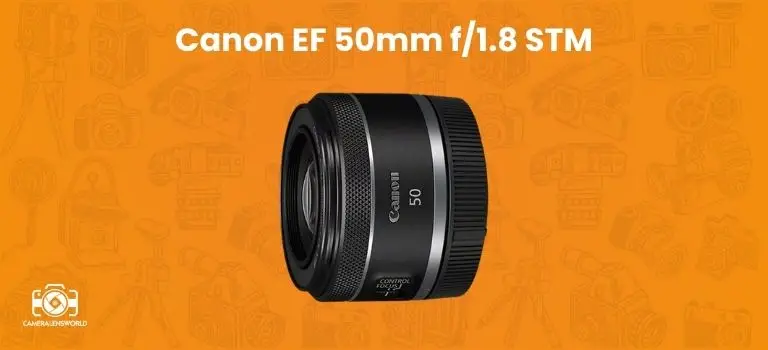
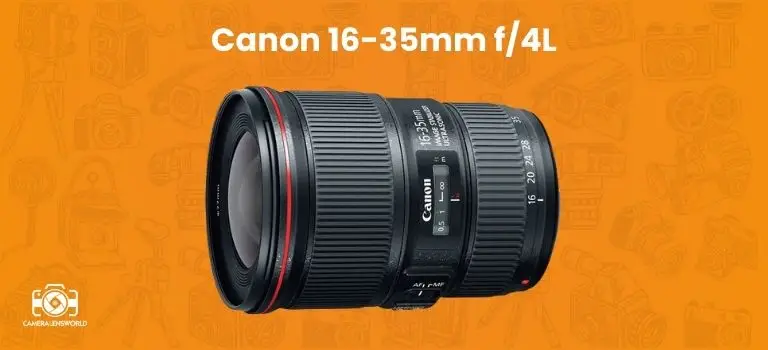
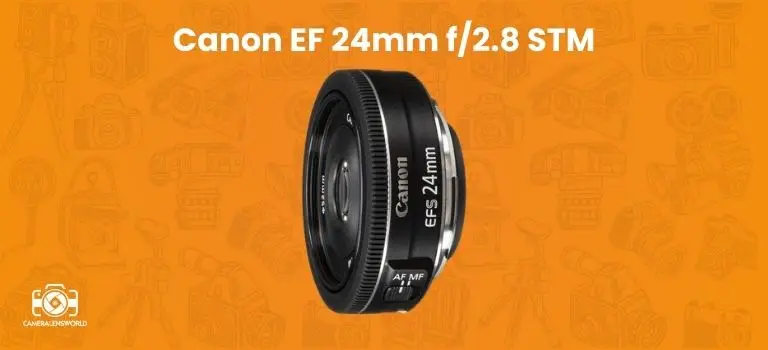
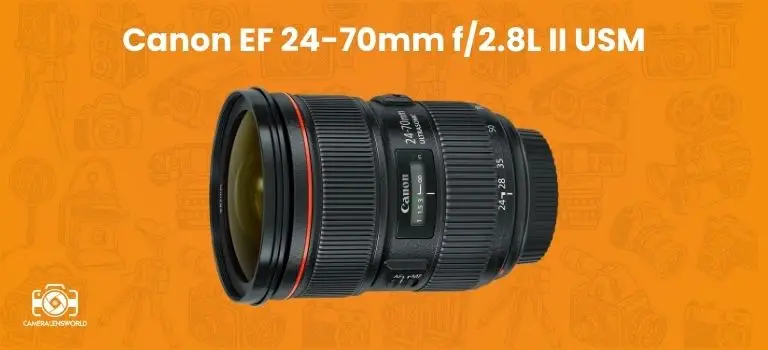
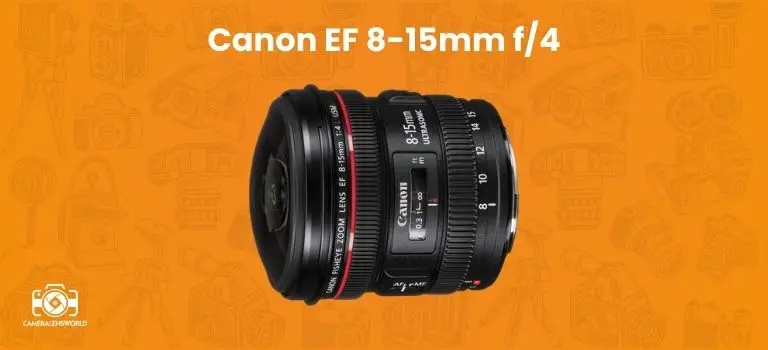
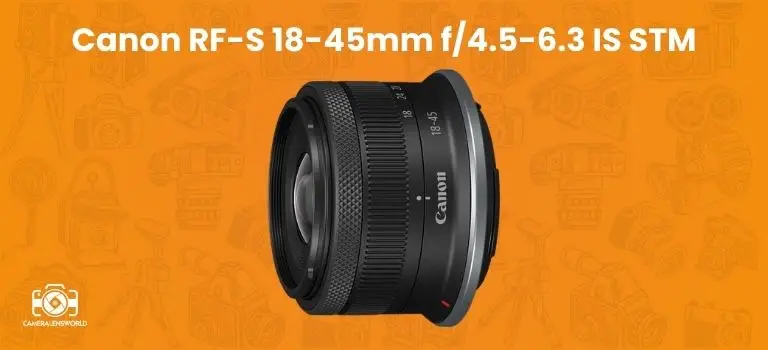
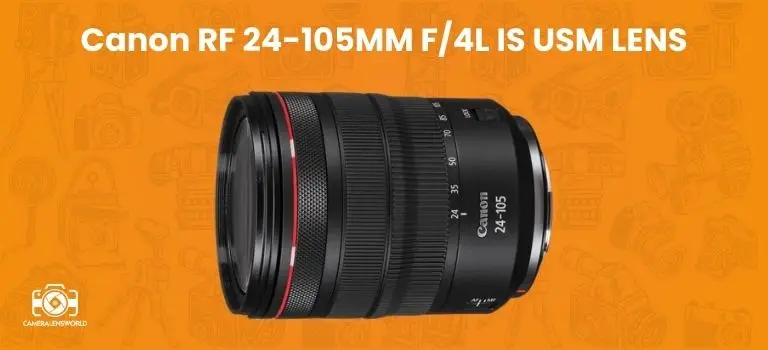
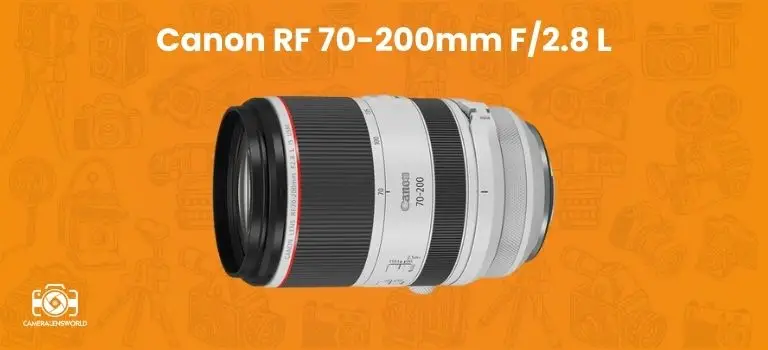
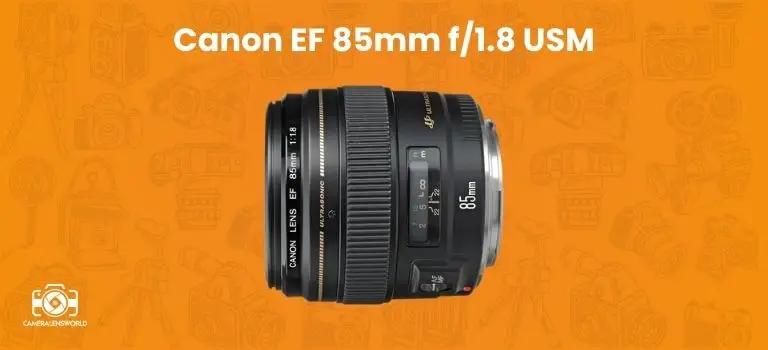

Leave a Reply
You must be logged in to post a comment.